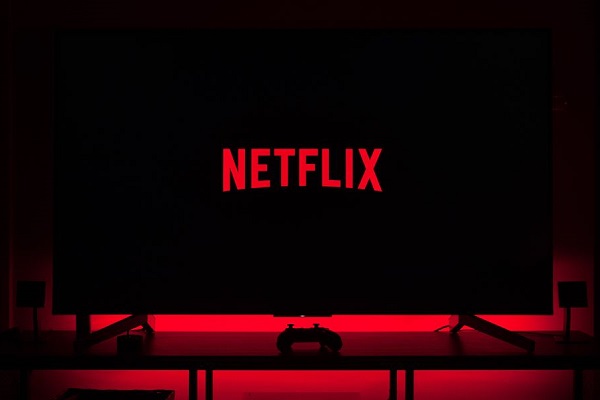While often positioned as rivals, YouTube and Netflix increasingly collaborate rather than compete.
Netflix is on track to overtake YouTube in total video revenue for the first time in 2025, according to exclusive research from Omdia presented at MIP TV London 2025.
In 2024, YouTube led the market with $42.5bn in revenue, surpassing Netflix’s $39.2bn. However, projections indicate that Netflix will generate $46.2bn in 2025—$43.2bn from subscriptions and $3.2bn from advertising—while YouTube is expected to reach $45.6bn, with $36bn from ads and $9.6bn from YouTube Premium.
Netflix and YouTube employ different revenue strategies. Netflix’s growing subscriber base is anticipated to exceed 340m paying customers in 2025, with over 600m total viewers. YouTube, meanwhile, continues to dominate in scale, reaching over 2bn users worldwide, leveraging advertising and premium subscriptions for monetization.
As streaming competition intensifies, Netflix’s expansion into ad-supported models and its strong subscription growth may shift the balance in digital video revenue.
Maria Rua Aguete, Senior Research Director at Omdia, said: “In markets like the US and UK, there is significant overlap between audiences. In the US, 57% of YouTube users are also Netflix subscribers, while in the UK, that number rises to 67%. This dynamic presents opportunities for both platforms.”
While often positioned as rivals, YouTube and Netflix are increasingly collaborating rather than competing. “I see more collaboration than competition between YouTube, Netflix, and other industry players,” Rua Aguete stated. “Streaming services, broadcasters, and platforms are working together through marketing partnerships, content distribution, and advertising deals.”
One key example is Netflix’s use of YouTubers to promote the TV series Squid Game, leveraging influencer-driven marketing to attract new subscribers. Meanwhile, YouTube is solidifying its role as a premium content platform, outperforming Free Ad-Supported TV (FAST) services.
“At the end of 2024, YouTube generated seven times more revenue than FAST platforms, $42.5bn versus $6bn,” Rua Aguete explained. “Major studios are taking notice. Warner Bros., for example, recently released 37 full-length movies for free on YouTube, and we expect to see more partnerships like this in the future.”
Looking ahead, YouTube is making a strong push toward TV-like content.
“Large players can turn this to their advantage by entering favorable ad-share agreements or even selling some sponsorship and video inventory directly,” Rua Aguete noted.
She also highlighted the growing role of YouTubers in cinema recovery, with influencer-driven promotions becoming an integral part of movie marketing strategies.
Another major shift is YouTube’s increasing consumption on Connected TVs. “Viewers are watching YouTube on the big screen more than ever before,” Rua Aguete said. “This changes the advertising game, making YouTube an even bigger player in premium video.”














































































